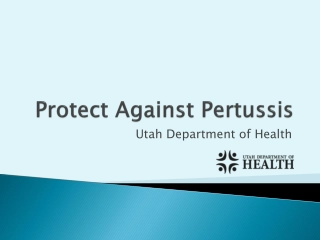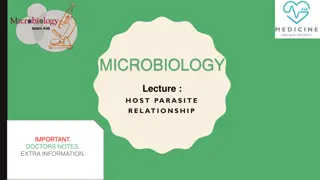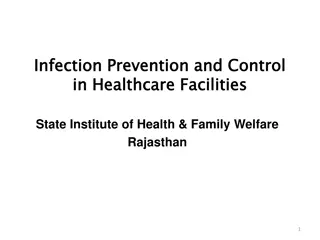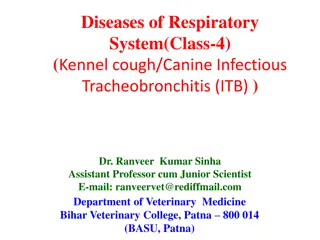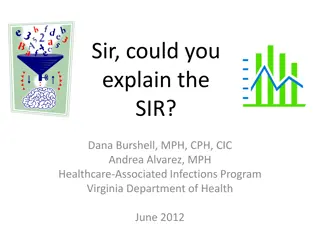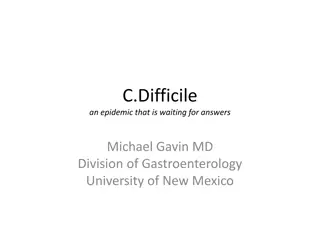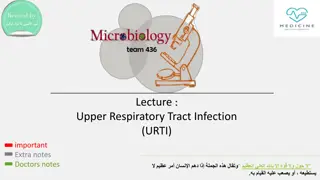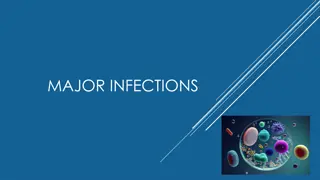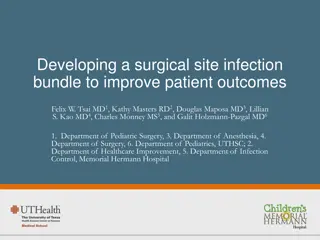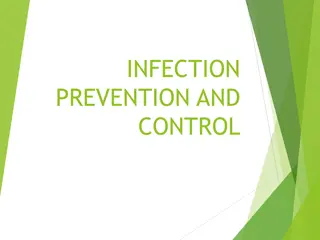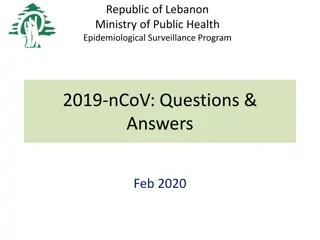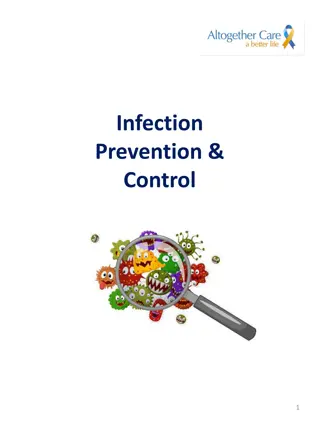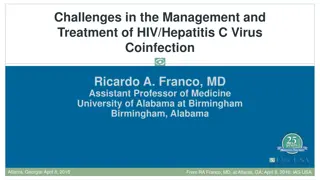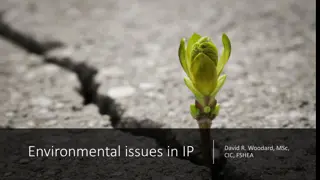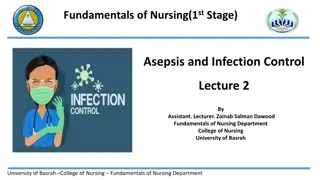Bordetella Pertussis Infection
Bordetella pertussis is the causative agent of whooping cough, primarily affecting infants and young children. The pertussis syndrome involves severe coughing bouts without pauses for intake, leading to distinctive symptoms. Pathogenesis involves airborne transmission and the production of toxins affecting respiratory cells. Laboratory diagnosis includes specific tests during different stages of the infection. Treatment with erythromycin aims to reduce the bacterial load and support damaged epithelial cells.
Download Presentation

Please find below an Image/Link to download the presentation.
The content on the website is provided AS IS for your information and personal use only. It may not be sold, licensed, or shared on other websites without obtaining consent from the author.If you encounter any issues during the download, it is possible that the publisher has removed the file from their server.
You are allowed to download the files provided on this website for personal or commercial use, subject to the condition that they are used lawfully. All files are the property of their respective owners.
The content on the website is provided AS IS for your information and personal use only. It may not be sold, licensed, or shared on other websites without obtaining consent from the author.
E N D
Presentation Transcript
Bordetella Bordetella pertussis: it is the causative agent of whooping cough which infects Only the human. It is small coccobacilli, encapsulated, strict aerobic, Gram ve, with an optimum temperature of 35-36 0C.
The pertussis syndrome: Pertussis: (per-tussis= severe cough) - It mainly infects infants and young children. - The child suffers many bouts of paroxysmal coughing each day, during these; with no pause for air intake, the tongue is protruded fully, fluid stream from the eyes, nose, and mouth and a final cough clears the secretions, then with a massive respiratory effort, air is sucked through the narrowed glottis producing a long high pitched whoop, hence the term; whooping cough. - Such attack often terminates with vomiting, between them, the patient does not usually appear ill. - However, illness is often mild in older children and adults, as well as, in younger children who have been incompletely immunized, or in very young infants partially protected by material antibody.
Pathogenesis: - The organism is transmitted by airborne droplets during the coughs. - The organism is attached to the ciliated epithelium of the upper respiratory tract, but do not invade the underlying tissues. - Decreased cilia activity followed by their death, are the main aspects of pathogenesis. - Several factors play a role in pathogenesis: 1- Presence of a filamentous haemagglutinin protein in their fimbriae for attachment on the epithelial cells. Presence of the specific antibody in the blood will prevent this attachment.
2- Pertusis toxin, this stimulates adenylate cyclase activity in a similar manner to that of cholera, which leads to rise in CAMP. This toxin also, leads to lymphocytosis in the blood (up to 70%) due to their failure to enter the lymphoid tissues. 3- Synthesis of adenylate cyclase enzymes which protect the bacterial cell from internal killing by phagocytic cells. Mutants lack this enzymes are considered a virulent. 4- Production of tracheal cytotoxin, which is a fragment of the bacterial peptidoglycan that damages ciliated cells of the respiratory tract. This toxin appears to act in combination with endotoxins to induce nitric oxide which kills ciliated epithelial cells.
Laboratory diagnosis: * Nasopharyngeal swab is taken during the paroxysmal stage * Direct fluorescent-antibody staining is used. * Bordet- Gengue medium (contains 20-30% blood) is used for isolation. * Polymerase chain reaction- based tests are highly specific and sensitive. Treatment: Erythromycin reduces the number of organism, but the toxin has already damaged the epithelial cells, therefore supportive care should be taken


